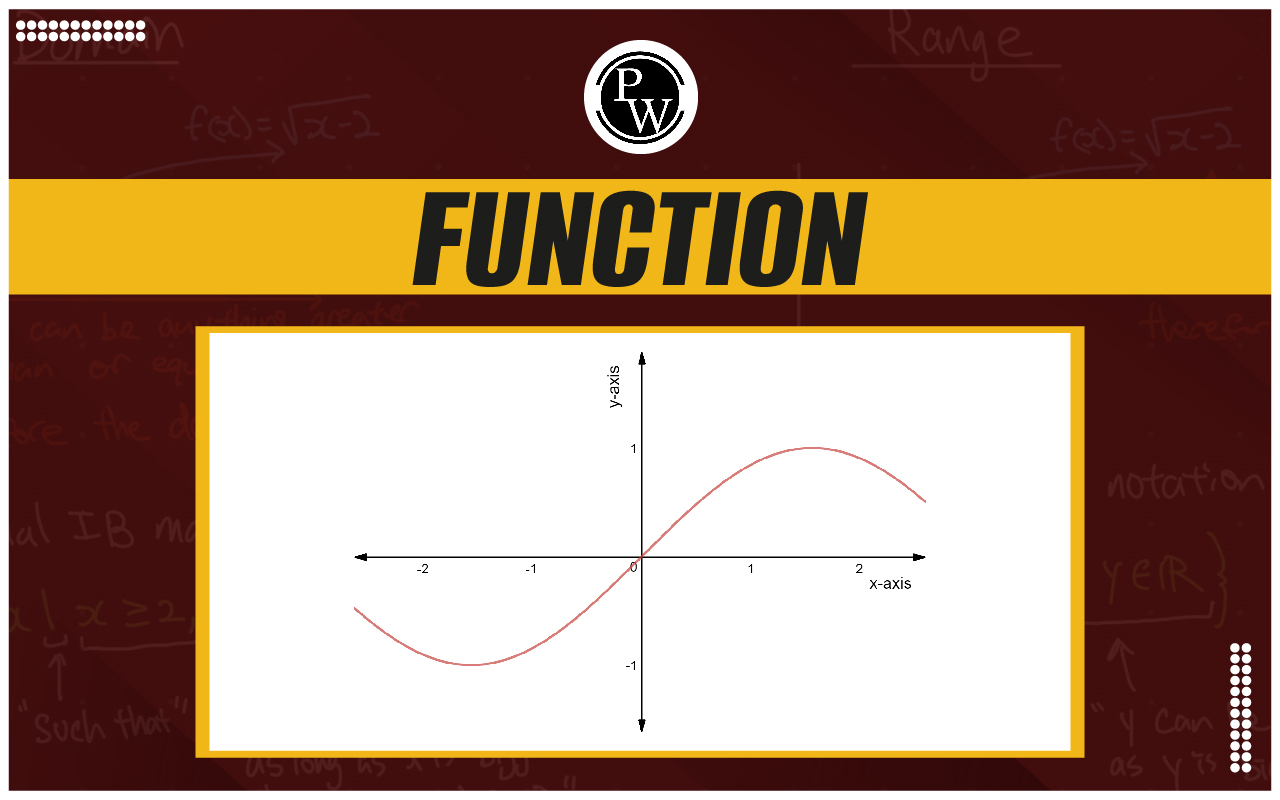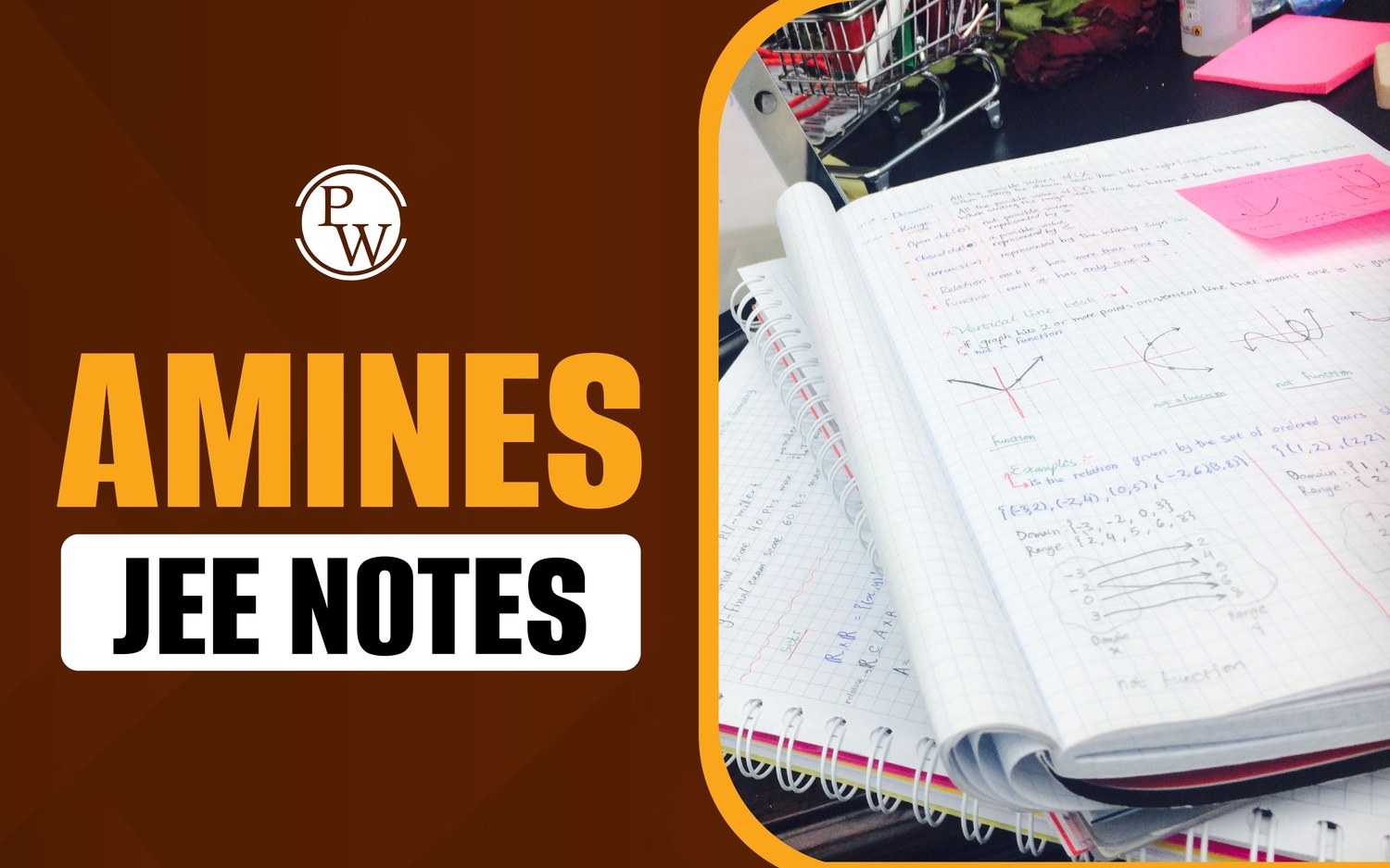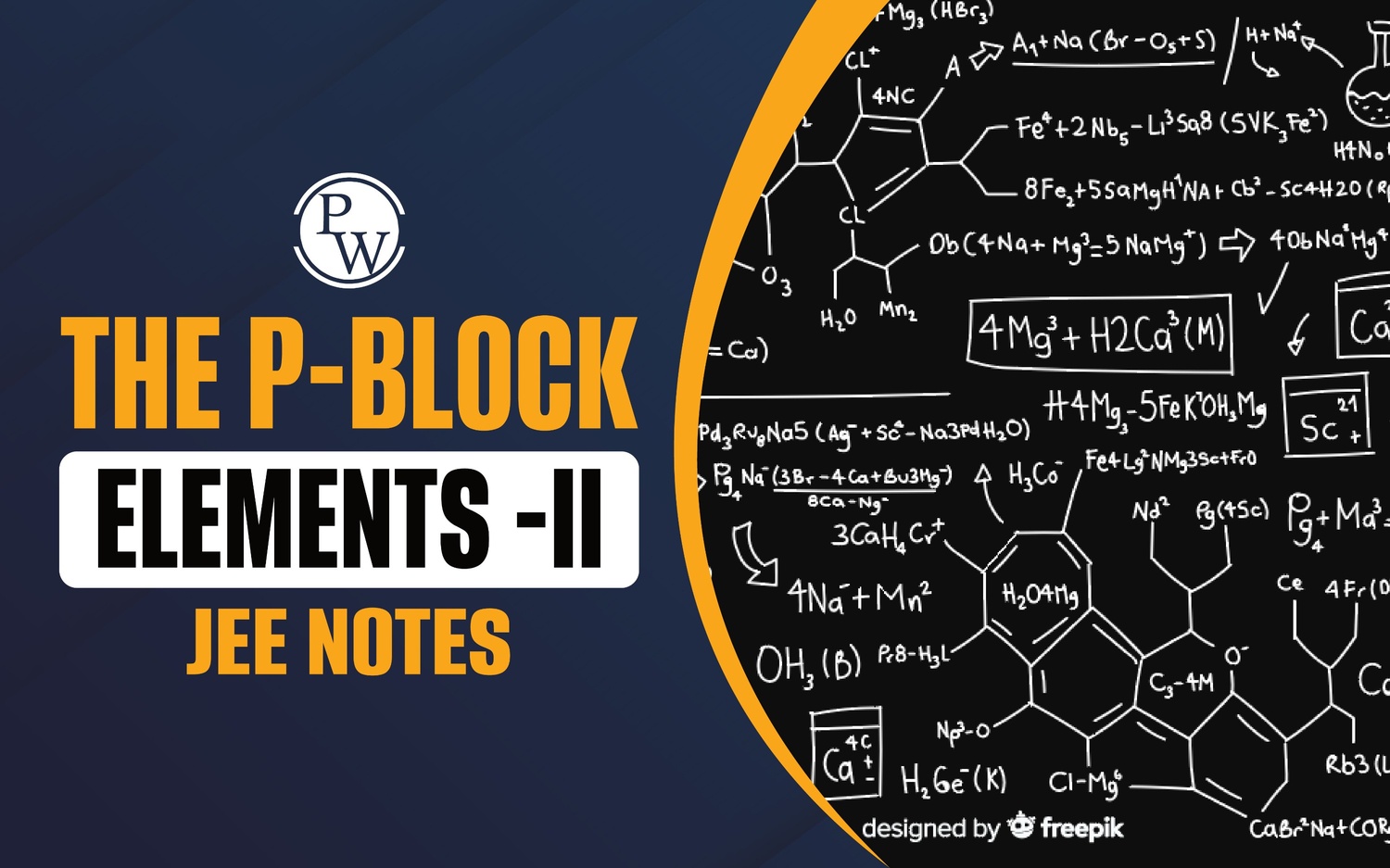

Function :
A function is identified by its mapping means function is like a machine which does not give different outputs for same input such as in
for input 0 we have two outputs as
hence it is not a function, graphically a function can be identified by drawing a line parallel to
y
axis. If drawn line intersect the curve in more than one point than the given curve is not a function. Now a function is said to be increasing if for every domain the following relation holds
Let
are two random points in domain and
, Now if the function is increasing then
.
increasing function are categorized in two parts increasing and strictly increasing functions.
Increasing function
Increasing function :
If a function is increasing than it will hold the relation as if
than
domain} and its graph could be as shown below
In above graph as we could see
but
while
and
Strictly Increasing function:
Strictly Increasing function :
If a function is strictly increasing than it will hold the relation as if
than
domain} and its graph could be as shown below
In above graph as we could see while
and
Decreasing function
Decreasing function :
If a function is Decreasing than it will hold the relation as if
than
domain} and its graph could be as shown below
In above graph as we could see
but
while
and
Strictly decreasing function
If a function is strictly decreasing than it will hold the relation as if
than
domain} and its graph could be as shown below
First order derivative test (function must be differentiable) helps in identifying increasing and decreasing functions such as
1.
Differentiate the function
2.
if function is increasing and
if function is strictly increasing.
3.
if function is decreasing and
if function is strictly decreasing.
Strictly increasing and strictly decreasing function may have condition as
and
respectively if function have slope equal to zero in discrete points. Such as shown in the graph below
In above graph at point a slope of tangent is equal to zero and it is a discrete means we don’t have two continuous points for which slope of tangent is equal to zero similarly strictly decreasing function could also be understood.
Increasing And Decreasing Behaviour Of Functions Examples
Example 1:
Find the interval in which the following function
increases and decreases?
Sol.
Differentiate the function with respect to x
Equate the function to zero
Plot In number line as
Positive interval is
where function is increasing.
Negative interval is
where function is decreasing.
Example 2:
Find value of
for which the function
decreases?
Sol.
Differentiate the function with respect to x
If the function is decreasing than
Above inequality implies value of
always must be greater than
this is possible only when
Function Rapid Questions
Based on increasing and decreasing behaviour of functions
1.
Find value of
for which the function
decreases?
2.
Find the interval in which the following function
increases and decreases?
Functions Advance illustrations
1.
Find the value of
for which the function
increases for all real value of x?
Sol.
Differentiate the function with respect to x
If the function is increasing than
Above inequality holds only when
………(i)
……….(ii)
Intersection of equation (i) and (ii) is
Rapid Questions
1.
Find the value of
for which the function
increases for all real value of
x
?
2.
Find the set of points for which the following function
is increasing or decreasing?
Increasing And Decreasing Function FAQs
Q.1 : What is Increasing and decreasing function?
Q.2 : Strictly increasing and strictly decreasing functions does not have slope of tangent equal to zero?
Q.3 : Non differentiable strictly monotonic functions cannot be identified as increasing and decreasing functions?
Q.4 : What is function?












